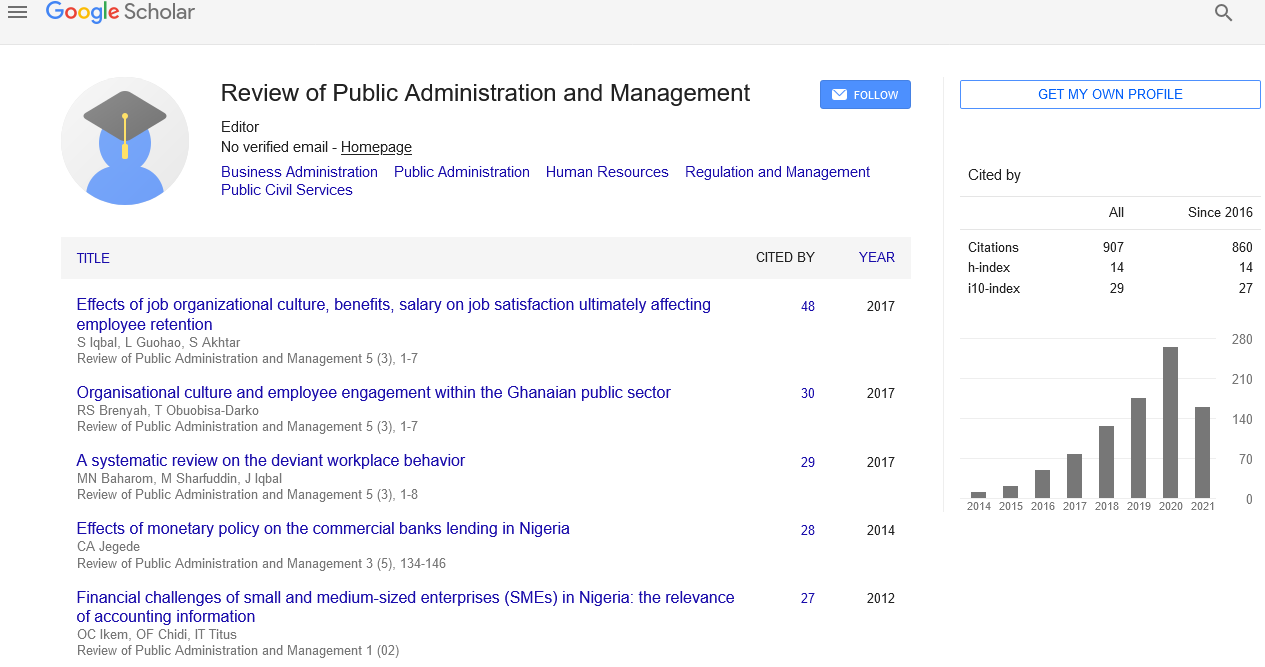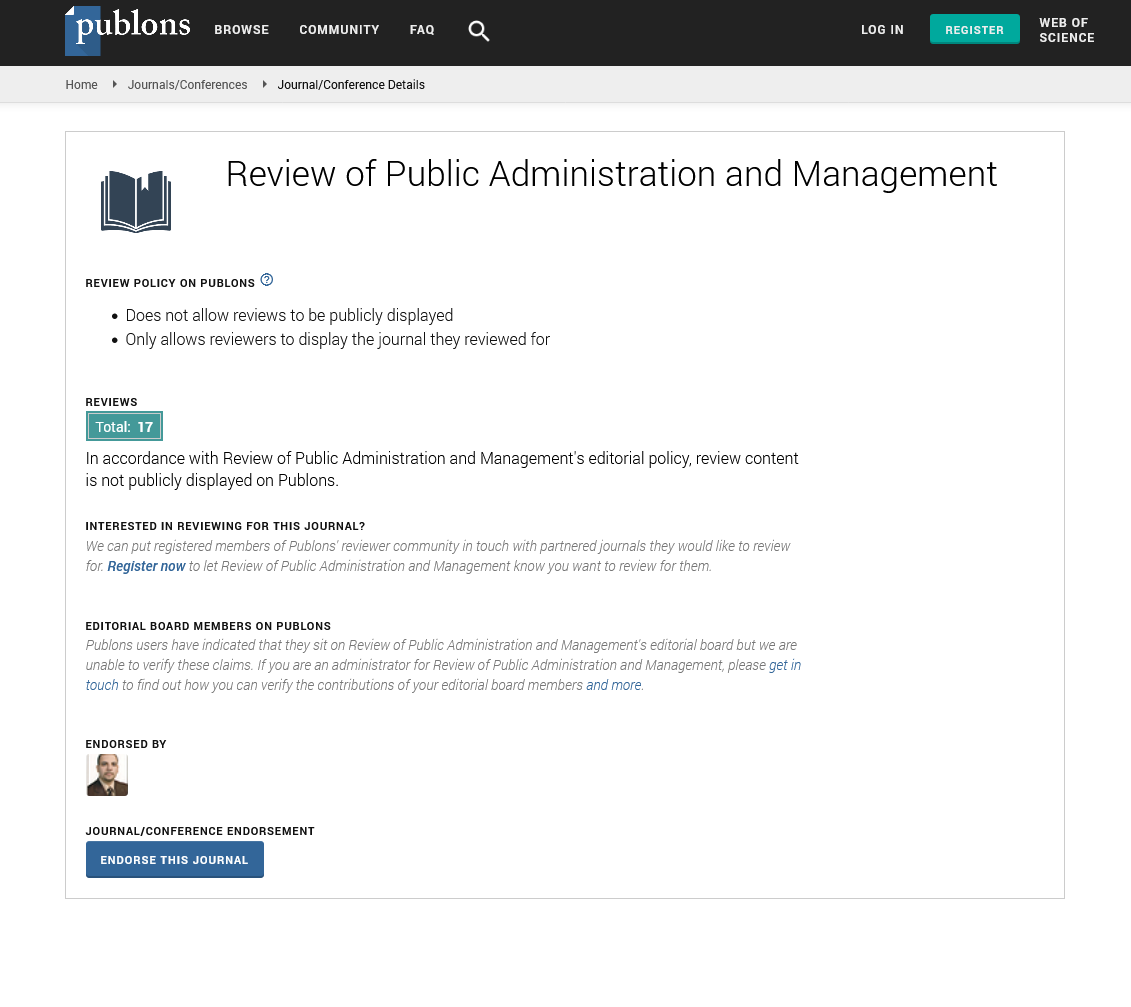Indexed In
- CiteFactor
- RefSeek
- Directory of Research Journal Indexing (DRJI)
- Hamdard University
- EBSCO A-Z
- Scholarsteer
- Publons
- Euro Pub
- Google Scholar
Useful Links
Share This Page
Journal Flyer

Open Access Journals
- Agri and Aquaculture
- Biochemistry
- Bioinformatics & Systems Biology
- Business & Management
- Chemistry
- Clinical Sciences
- Engineering
- Food & Nutrition
- General Science
- Genetics & Molecular Biology
- Immunology & Microbiology
- Medical Sciences
- Neuroscience & Psychology
- Nursing & Health Care
- Pharmaceutical Sciences
Abstract
The Impact of Using Emergency Lights and Sirens During Noncritical Patient Transport
William McDonald
Introduction: Unnecessary use of lights and sirens during transport of noncritical patients is a major cause of vehicle crashes contributing to injury and death among emergency medical technicians (EMTs), patients and bystanders. This study examines whether EMT stress levels and ambulance transport times differ as a function of using lights and sirens, and whether EMTs support policies for their use.
Methods: Data for this quasi-experimental quantitative study was collected from 80 New Jersey EMTs using the Depression Anxiety Stress Scale. Results were assessed for ambulance transport times for noncritical patients and EMT stress levels, both with and without the use of lights and sirens. Data were analyzed using the t test and regression procedures.
Results: Analysis shows no statistically significant difference in transport times with lights and sirens in use compared to when they were not used. Findings are statistically significant in the undue and increased stress level of the EMTs when lights and sirens are used. Participants demonstrated support for a policy for their use.
Conclusion: Findings suggest that the use of lights and sirens in transporting noncritical patients is unnecessary.
Practical applications: Recommendations include the development of a state Emergency Medical Services policy to provide guidelines on the use of lights and sirens, or a system that allows for the objective evaluation of whether the situation warrants the use of lights and sirens. The implications for positive social change include savings of money, property and, most importantly, human lives.
Published Date: 2018-11-12; Received Date: 2018-11-07


